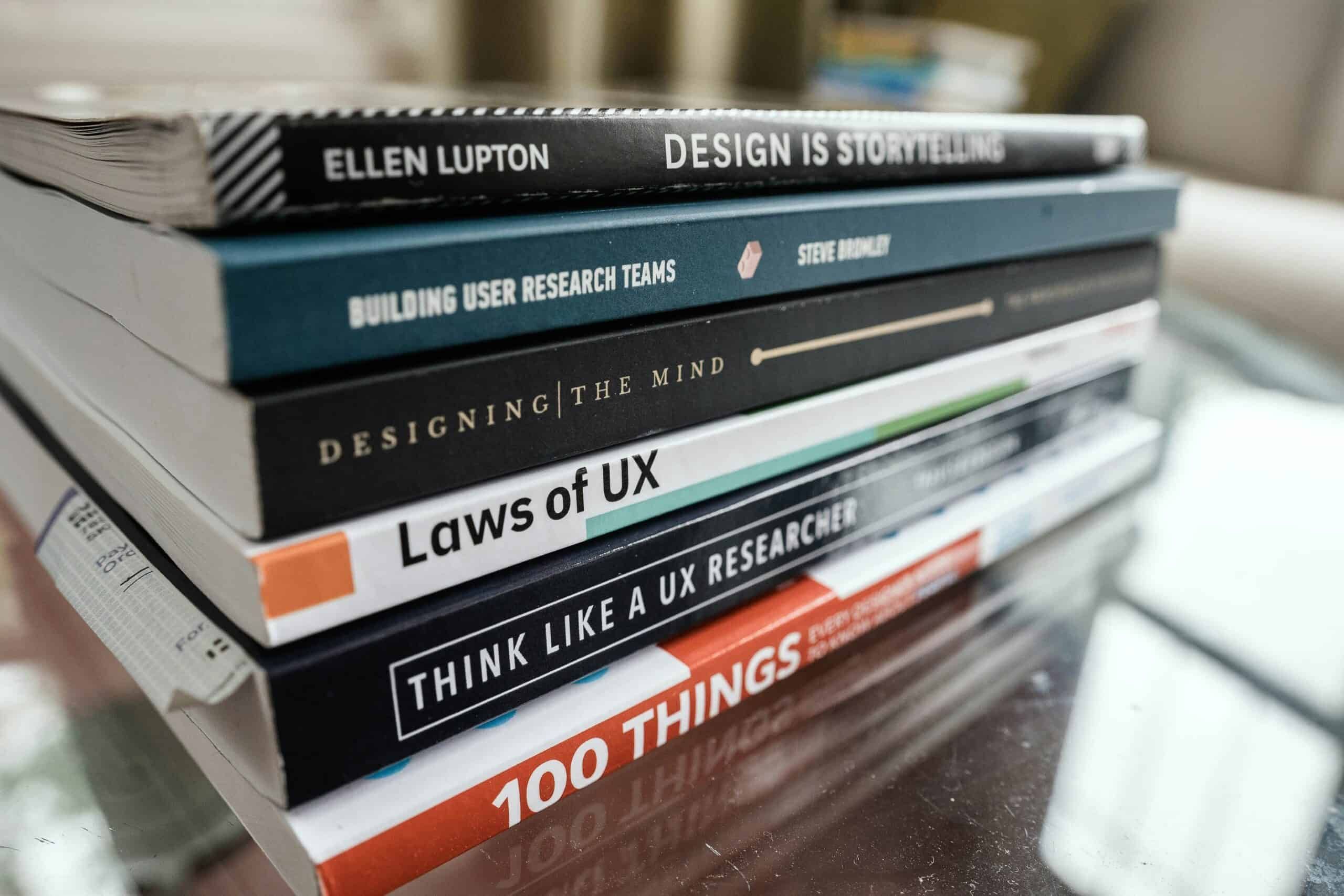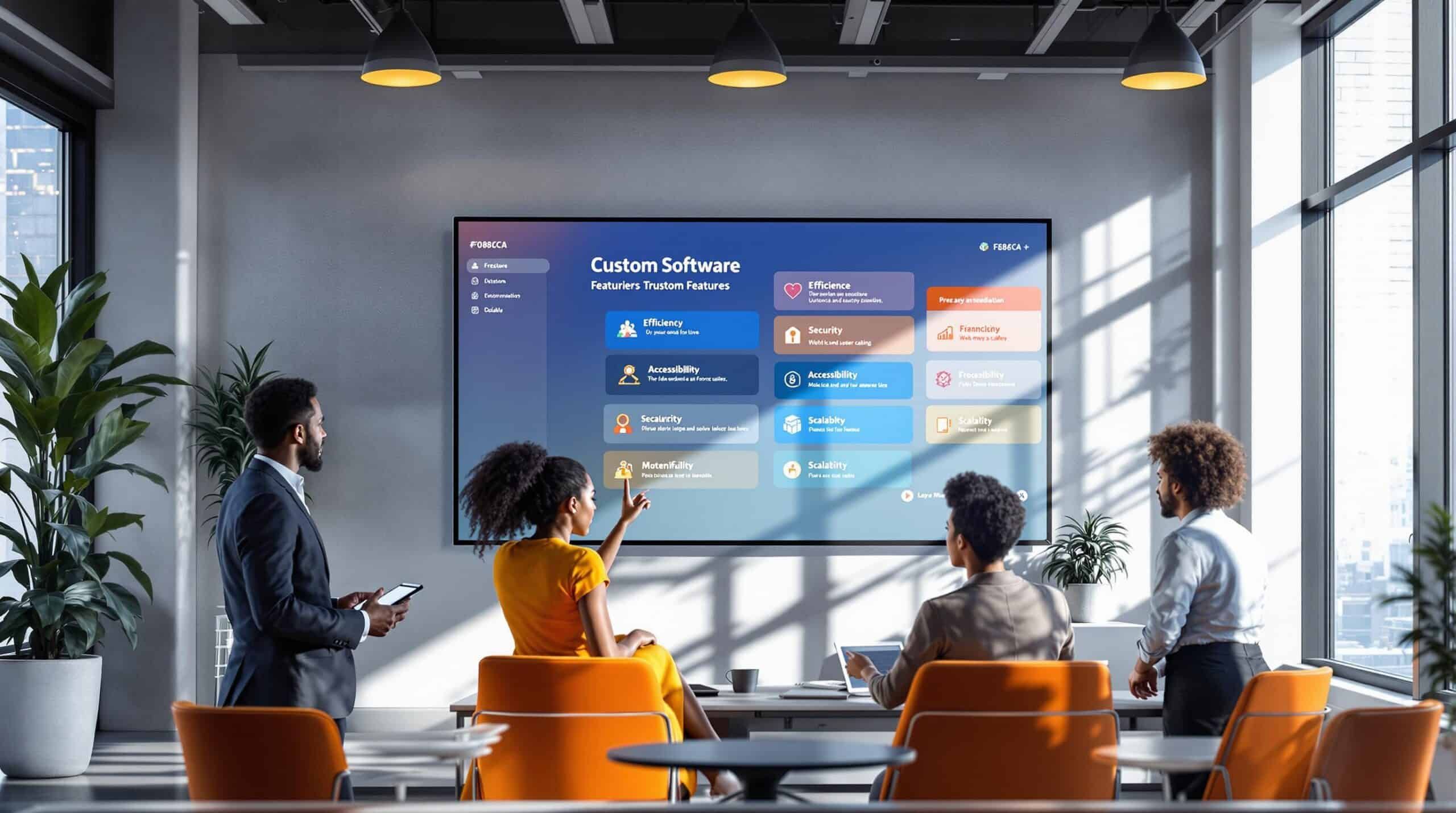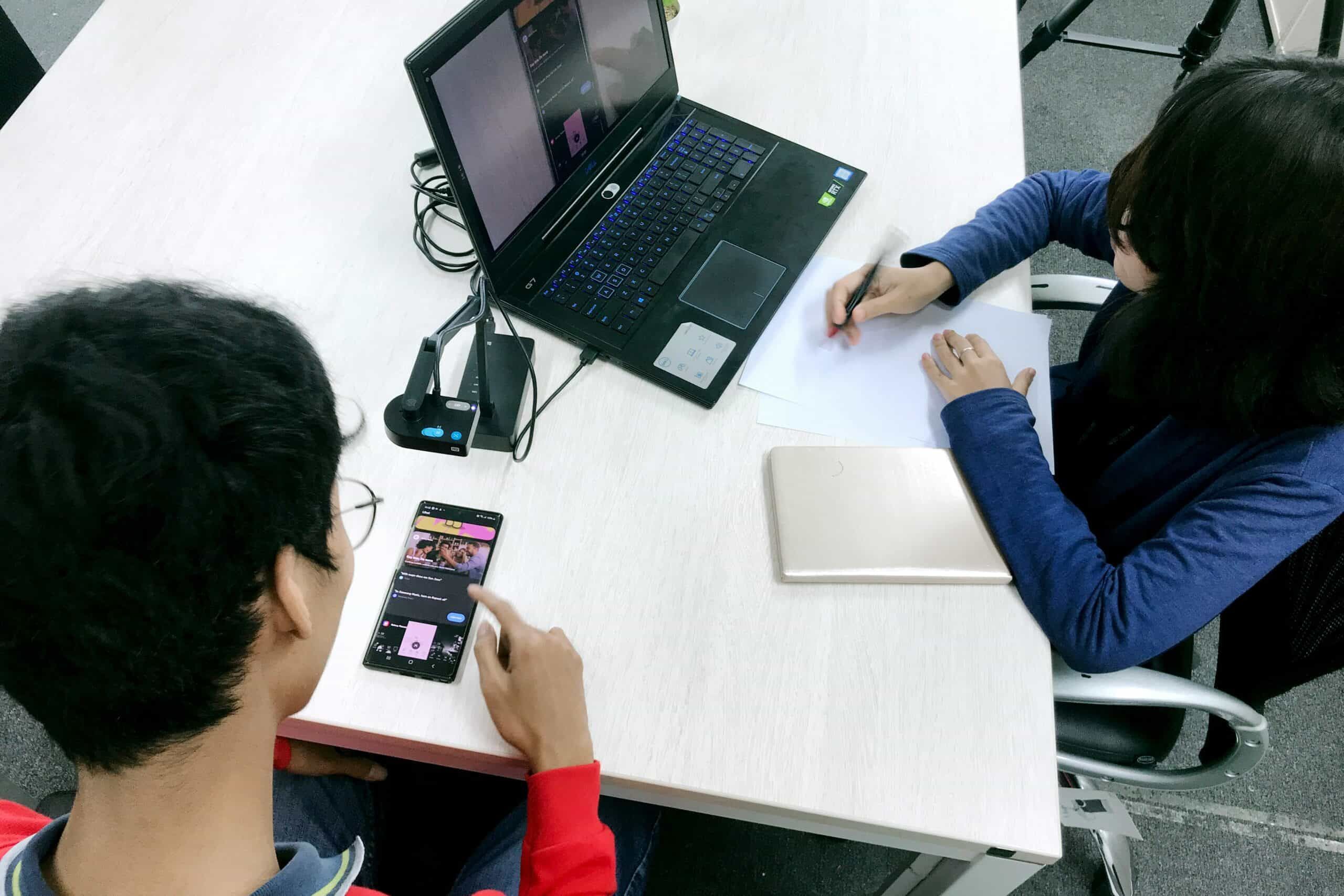Why Usability Forms the Foundation of Accessibility

Designing a successful digital user experience (UX) is a thoughtful and strategic process. A skilled UX designer knows that the key isn’t in the visuals but in understanding the user’s journey. It’s about focusing on how users will interact with a website or application—what actions they’ll take, and how the design can guide them effortlessly through each step. By prioritizing usability over appearance, the designer ensures the experience is intuitive and seamless. The key is to answer the question: What will a user do on a website or application, and how are they intended to do it?
Laying the Groundwork for Effective and Accessible UX Design
The purpose of software is to provide users with the tools they need to accomplish specific goals. A well-designed UX focuses on how users will interact with those tools, ensuring the functionality is intuitive and efficient before considering its visual presentation. This approach is what makes a strong UX the foundation of a dependable and accessible product. When the experience is designed with the user in mind, the end result is both effective and user-friendly.
Prior to sketching the first wireframe, it’s crucial to have a thorough grasp of user experience design. This involves the use of personas, journey maps, and user flows to map out the user’s journey. If you can articulate how potential users, stakeholders, developers, and designers can achieve a goal set by your application without visuals, you’re off to a promising start in creating an accessible product.
Ensuring True Accessibility Beyond WCAG Requirements
It’s essential that your website or application is accessible to all users, regardless of their abilities or the assistive technologies they use. Whether a user is visually impaired, relies on specialized input devices, or is fully able-bodied, they should be able to complete tasks in the same way. Ensuring that the experience is consistent and inclusive for everyone is key to creating a truly user-friendly product.
Building an accessible product requires more than just making a website or application (Web Content Accessibility Guidelines) WCAG compliant. Although having your software WCAG compliant may make you pass a basic technical test, it might not have solved your accessibility issues. Your website or application might still make it impossible for some of your users who rely on assistive technologies to achieve the goal your software should provide – simply because the foundation of your UI might still rely too heavily on graphical representations.
Does this mean that if your current software isn’t compliant, all is lost? Not at all. By conducting a thorough audit based on the original UX design, we can uncover actionable insights to bring your software into compliance. If no UX design exists, the process might be more complex and require additional research to create an effective plan. While designing and building a fully accessible product can be challenging, it’s entirely achievable with a team that prioritizes inclusive design and understands the needs of all users. Partnering with us ensures that your software will be accessible and user-friendly, meeting the diverse needs of your audience.
Partner with Us for Comprehensive UX and Accessibility Solutions
In conclusion, creating a successful digital user experience (UX) involves a deep understanding of how users will engage with your website or application, focusing on their journey and interactions rather than just the visual elements. A well-designed UX ensures that the functionality is intuitive and accessible to everyone, setting the stage for a dependable and user-friendly product.
Achieving true accessibility goes beyond meeting Web Content Accessibility Guidelines (WCAG) requirements. It’s about ensuring that all users, regardless of their abilities or assistive technologies, can interact with your software seamlessly. While a WCAG-compliant site is a good start, addressing accessibility challenges requires a comprehensive approach that includes reviewing and refining the original UX design.
If you’re looking to create a truly inclusive and effective digital experience, our OpenArc team is here to help. With our expertise in UX design and accessibility, we can work with you to audit and enhance your software, ensuring it meets the diverse needs of all users. Partner with us to transform your product into one that stands out for its accessibility and user-friendliness, reflecting your commitment to delivering exceptional digital experiences.





